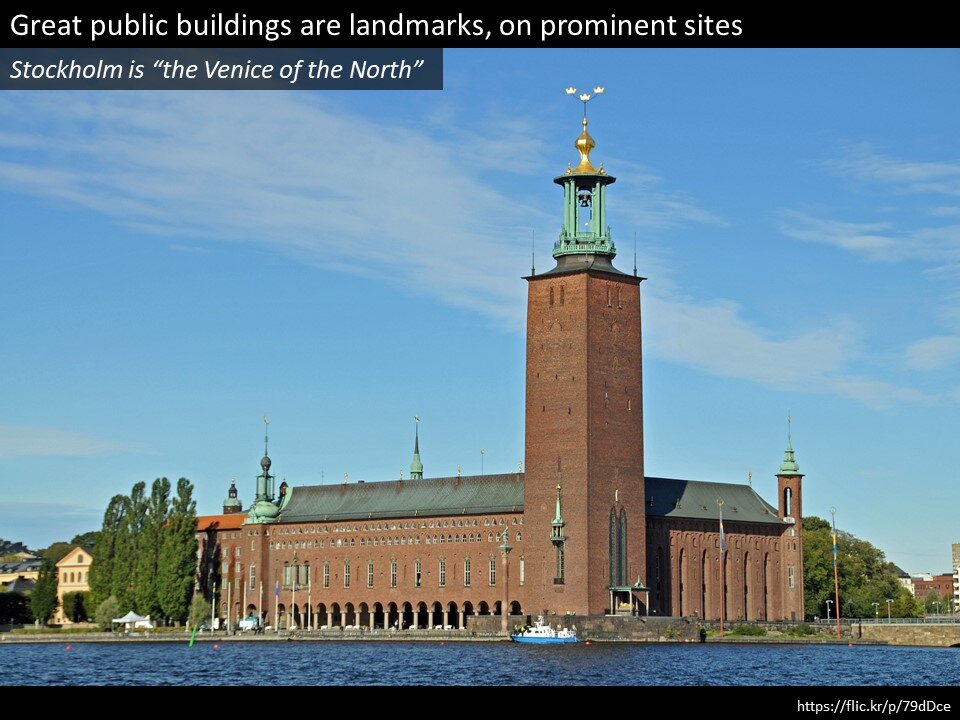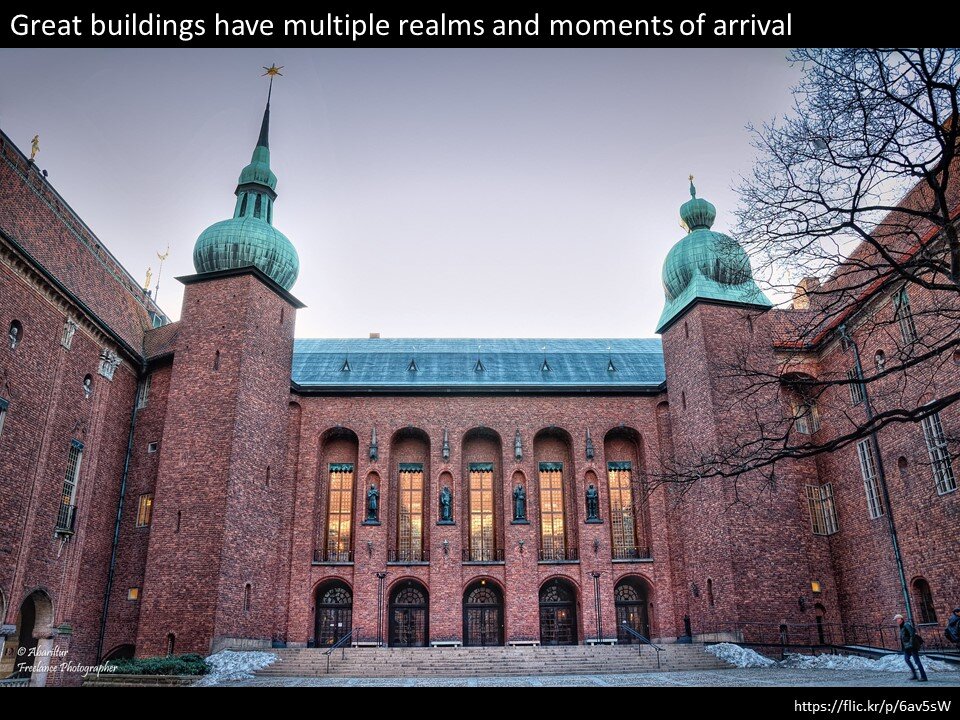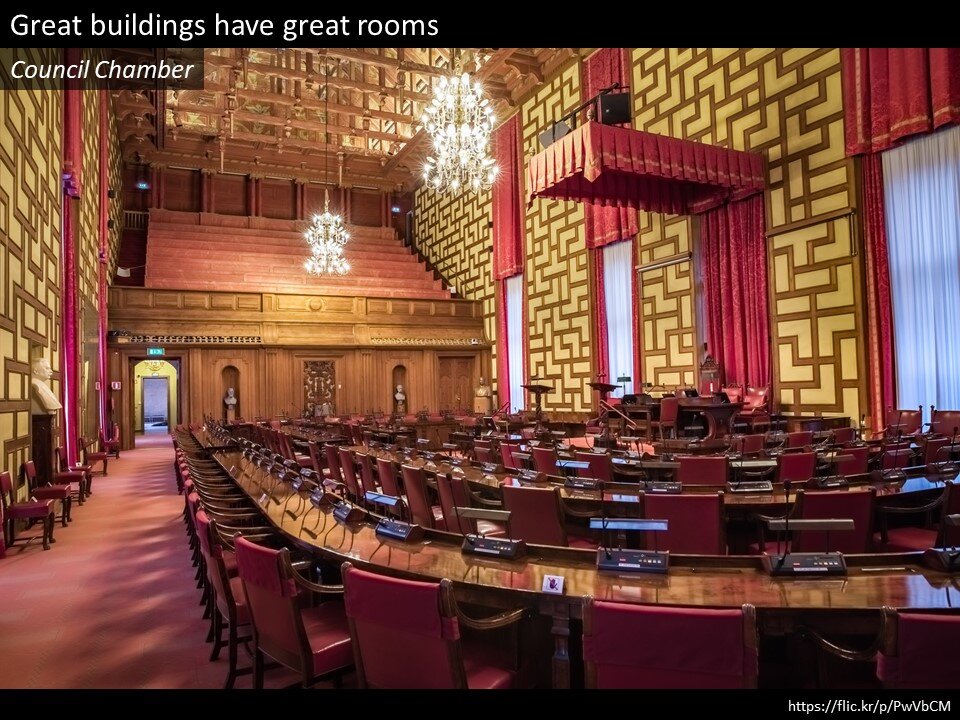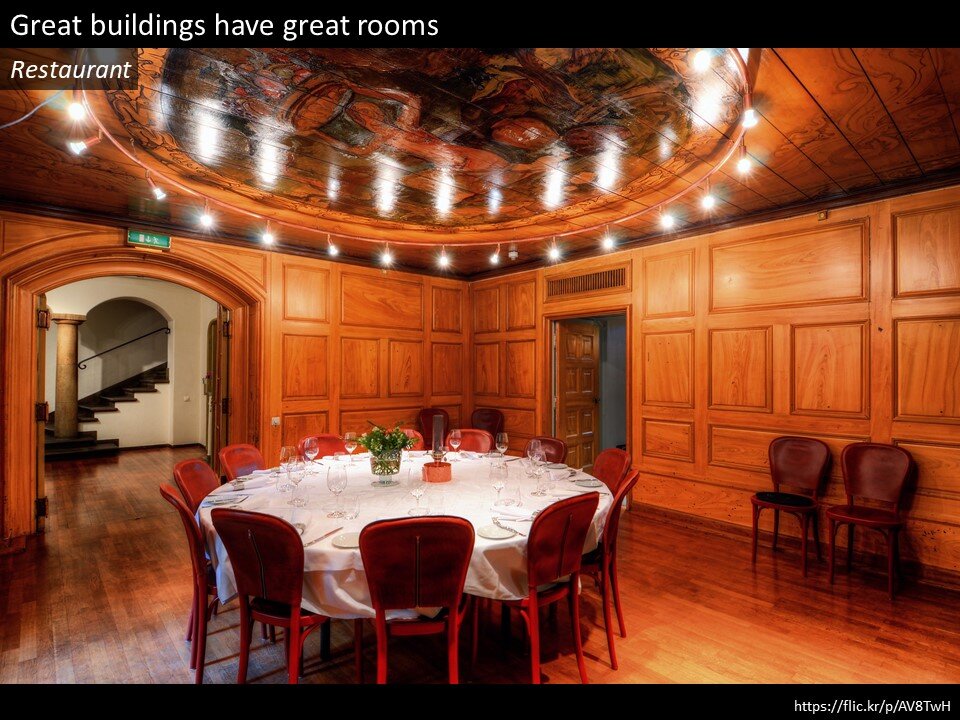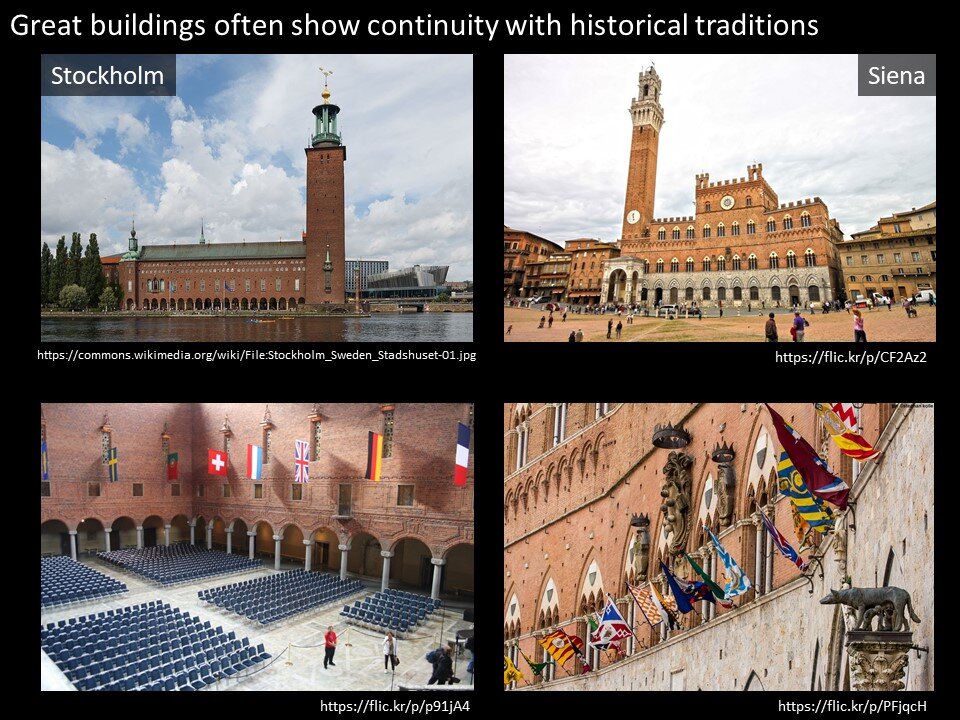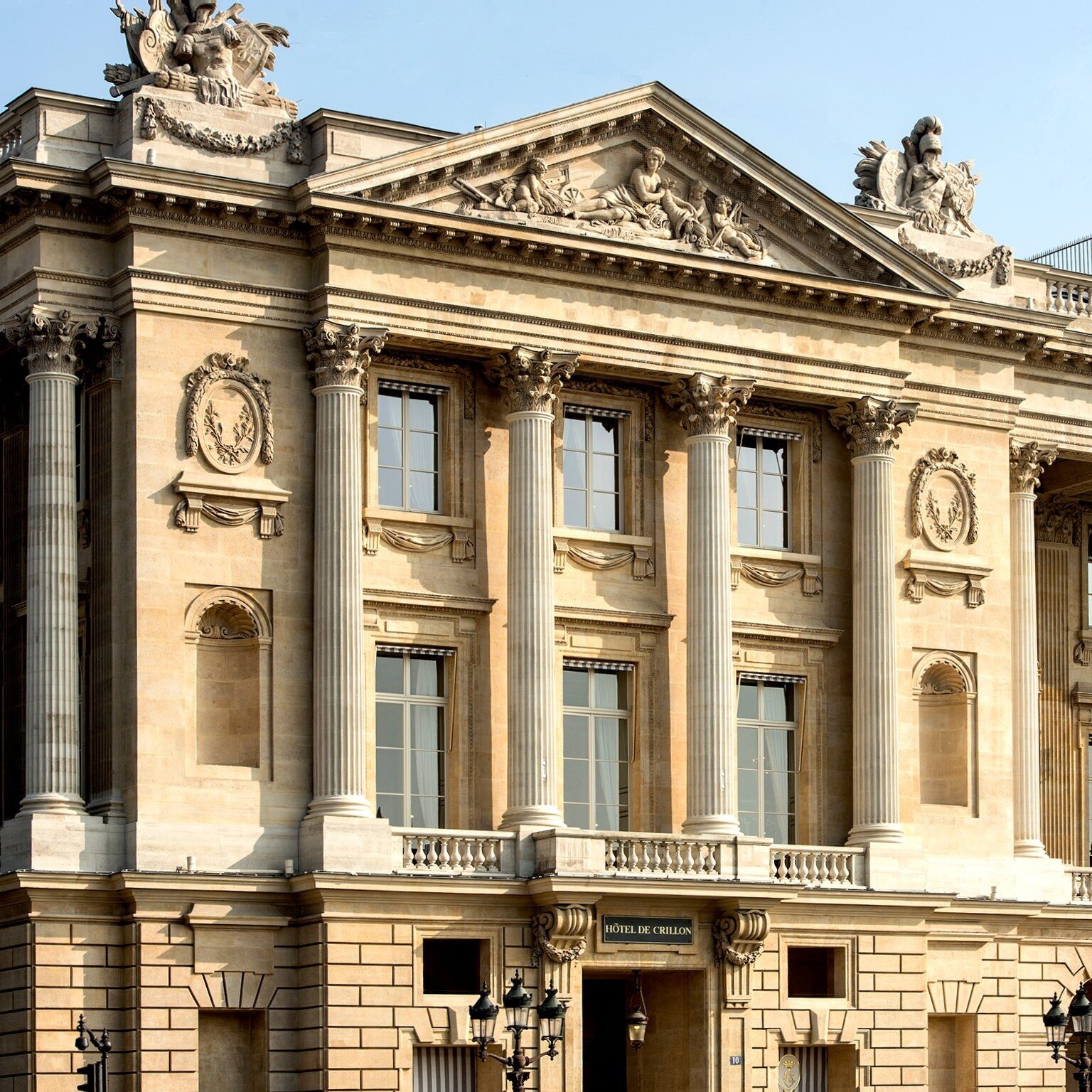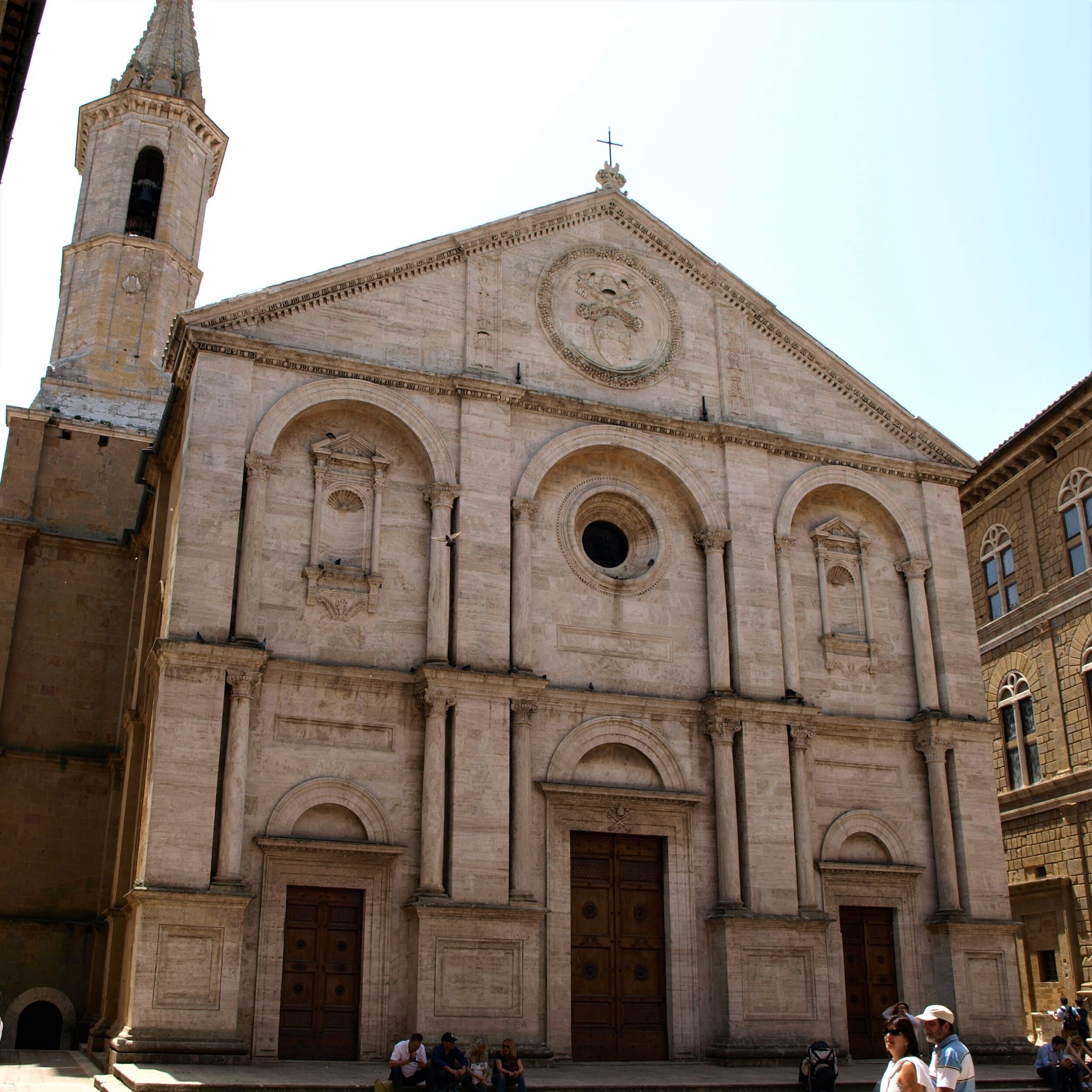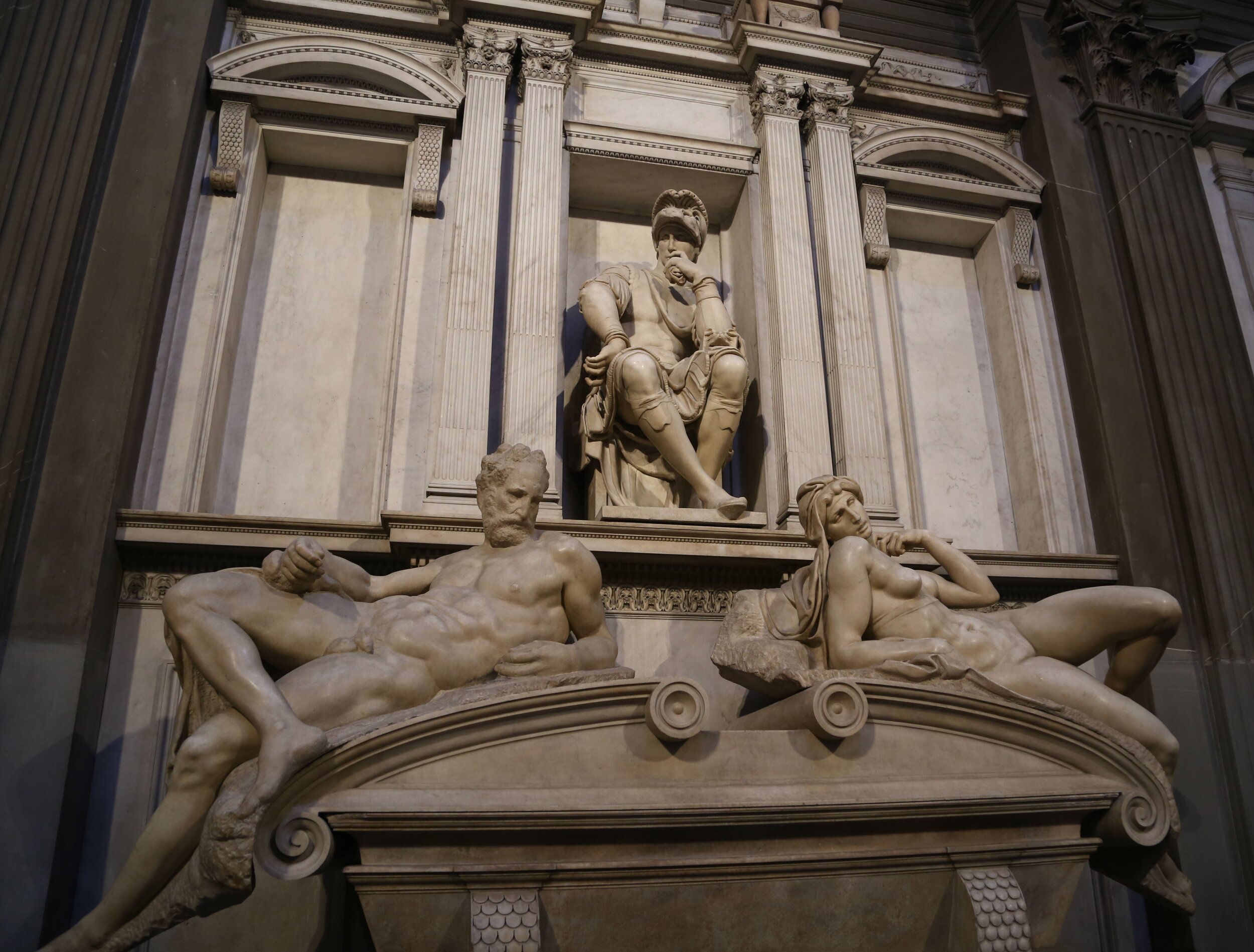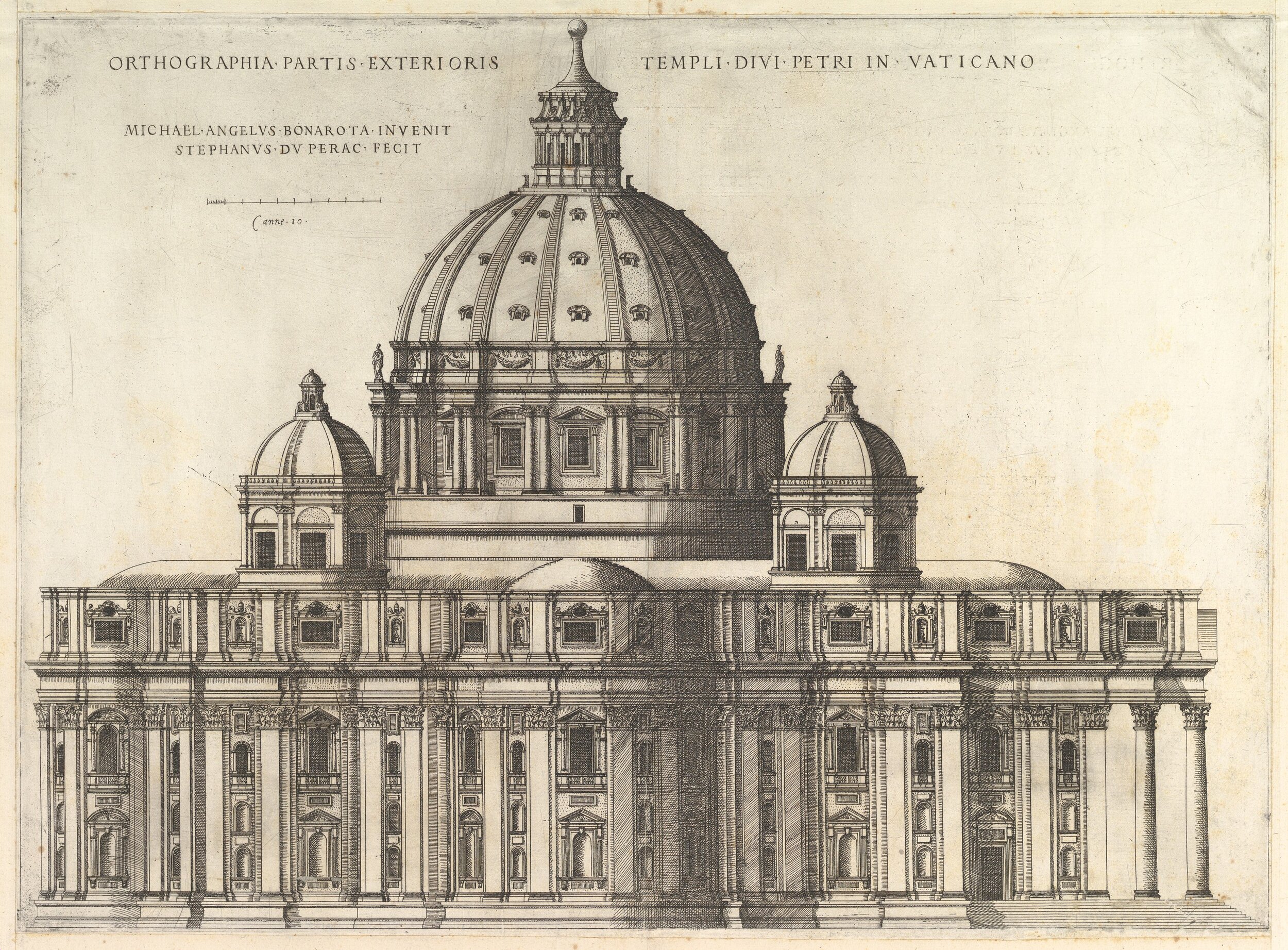Modern Architecture: Source Documents
/This is a compilation of links to some of the more important primary sources for the history of modern architecture available on the web.
Eugène Emmanuel Viollet-Le-Duc, Discourses on Architecture, orig. 1863. web
Hendrik Petrus Berlage, Thoughts on Style, orig. 1886–1909. pdf
William Le Baron Jenney, “A Few Practical Hints,” 1889. web
John Welborn Root, “A Great Architectural Problem,” 1890. web
Louis Sullivan, “Ornament in Architecture,” 1892. web
Otto Wagner, Modern Architecture, orig. 1894. pdf
Louis Sullivan, “The Tall Office Building Artistically Considered,” 1896. web
Frank Lloyd Wright, "The Art and Craft of the Machine," 1901. web
Adolf Loos, “Ornament and Crime,” 1908. pdf
Antonio Sant’Elia, “Manifesto of Futurist Architecture,” 1914. pdf
Irving Gill, “The Home of the Future,” 1916. web
Theo van Doesburg, “De Stijl Manifesto,” 1918. web
Walter Gropius, “Bauhaus Manifesto and Program,” 1919. pdf
Ludwig Mies van der Rohe, several writings, 1922–. pdf
Le Corbusier, Towards a New Architecture, orig. 1923. web
Louis Sullivan, The Autobiography Of An Idea, 1924. web
Hannes Meyer, “Building,” 1928. web
Frank Lloyd Wright, The Disappearing City, 1932. web
Frank Lloyd Wright, An Autobiography, orig. 1932. web
International Congress for Modern Architecture, “Charter of Athens,” 1933. web
R.M. Schindler, “Space Architecture,” 1934. pdf
Richard Neutra, “Human Habitation Under New Conditions,” 1935. web
Frank Lloyd Wright, “Broadacre City: A New Community Plan,” 1935. pdf
Alvar Aalto, “The Humanizing of Architecture,” 1940. pdf
Walter Gropius, The Scope of Total Architecture, 1955. pdf
Norman Foster, “Design for Living,” 1969, web
And secondary:
Sigfried Giedion, Building in France, Building in Iron, Building in Ferroconcrete, orig. 1928. pdf
Hitchcock & Johnson, Modern Architecture: International Exhibition, 1932. pdf
Sigfried Giedion, Space, Time and Architecture, 3rd ed., 1959. pdf
Carl Condit, The Chicago School of Architecture, 1964. web (login req’d)


